Multimode Semiconductor Green Fiber-Coupled Diodes
Wavelength: 525/532nm
Power Range: 3W to >200W (fiber-coupled).
Fiber Core Diameter: 50um-200um
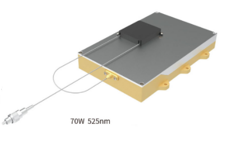
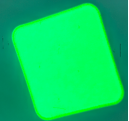
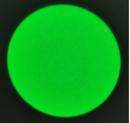
Application1: Industrial & Manufacturing:
Photovoltaic cell defect detection
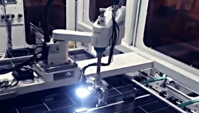
Application2: Laser Projectors (RGB Modules)
Specifications:
Brightness: 5,000-30,000 lumens
System Advantage: Eliminate “green gap” – 80% smaller vs. DPSS-based systems.
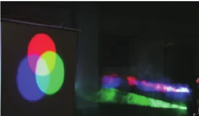
Application3: Defense&Security-Laser Dazzler
The laser dazzler developed by our company has been used in a public security project for preventing illegal intrusion at the Yunnan border.

Application4: 3D Modeling
Green lasers enable 3D reconstruction by projecting laser patterns (stripes/dots) onto objects. Using triangulation on images captured from different angles, surface point coordinates are calculated to generate 3D models.
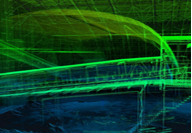
Application5: Medical-Endoscopic Surgery
Fluorescent Endoscopic Surgery(RGB White Laser Illumination): Assists doctors in detecting early cancerous lesions (such as when combined with specific fluorescent agents). By utilizing the strong absorption of 525nm green light by blood, the display of mucosal surface vascular patterns is enhanced to improve diagnostic accuracy.
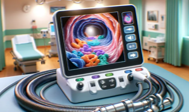
Application6: Fluorescence Excitation
Laser is introduced into the instrument through optical fibers, illuminating the sample and exciting fluorescence, thus enabling high contrast imaging of specific biomolecules or cell structures.


Application7: Optogenetics
Some optogenetic proteins (e.g., ChR2 mutants) respond to green light. The fiber-coupled laser can be implanted or directed to brain tissue to stimulate neurons.
Core diameter selection: Small core diameter (50 μ m) optical fibers can be used to more accurately stimulate small areas; A large core diameter (200 μ m) can be used to stimulate larger neural nuclei.
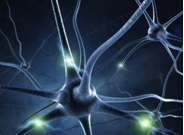
Application8: Photodynamic Therapy (PDT)
Purpose: Treat superficial cancers or infections.
How it works: The 525nm light activates photosensitizers (e.g., Photofrin or green-light-absorbing agents), generating reactive oxygen species to kill target cells. The fiber delivers light directly to tissues (e.g., skin, oral cavity).
Note: Smaller fibers (50μm) allow precise targeting, while larger fibers (200μm) cover broader areas.
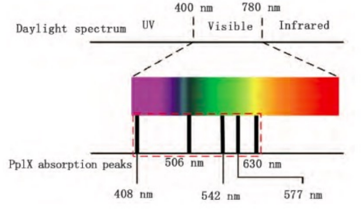
Application9: Holographic Stimulation & Neurophotonics
Purpose: Simultaneously stimulate multiple neurons with patterned light.
How it works: The fiber-coupled laser serves as a light source for spatial light modulators (SLMs), creating holographic patterns to activate optogenetic probes across large neural networks.
Requirement: Multimode fibers (e.g., 200μm) support higher power delivery for complex patterning.
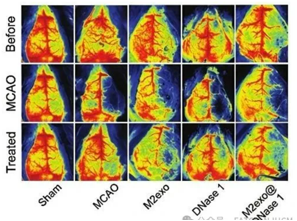
Application10: Low-Level Light Therapy (LLLT) / Photobiomodulation
Purpose: Promote wound healing or reduce inflammation.
How it works: Low-power 525nm light may stimulate cellular energy metabolism (e.g., via cytochrome c oxidase). The fiber enables targeted delivery to tissues.
Note: Still experimental for green light; more evidence exists for red/NIR wavelengths.
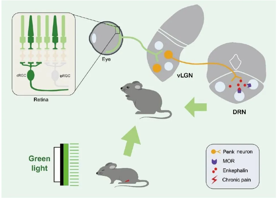
Post time: Oct-17-2025
